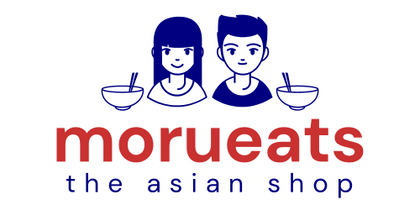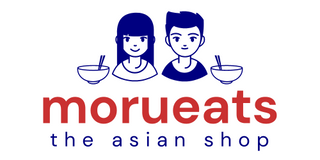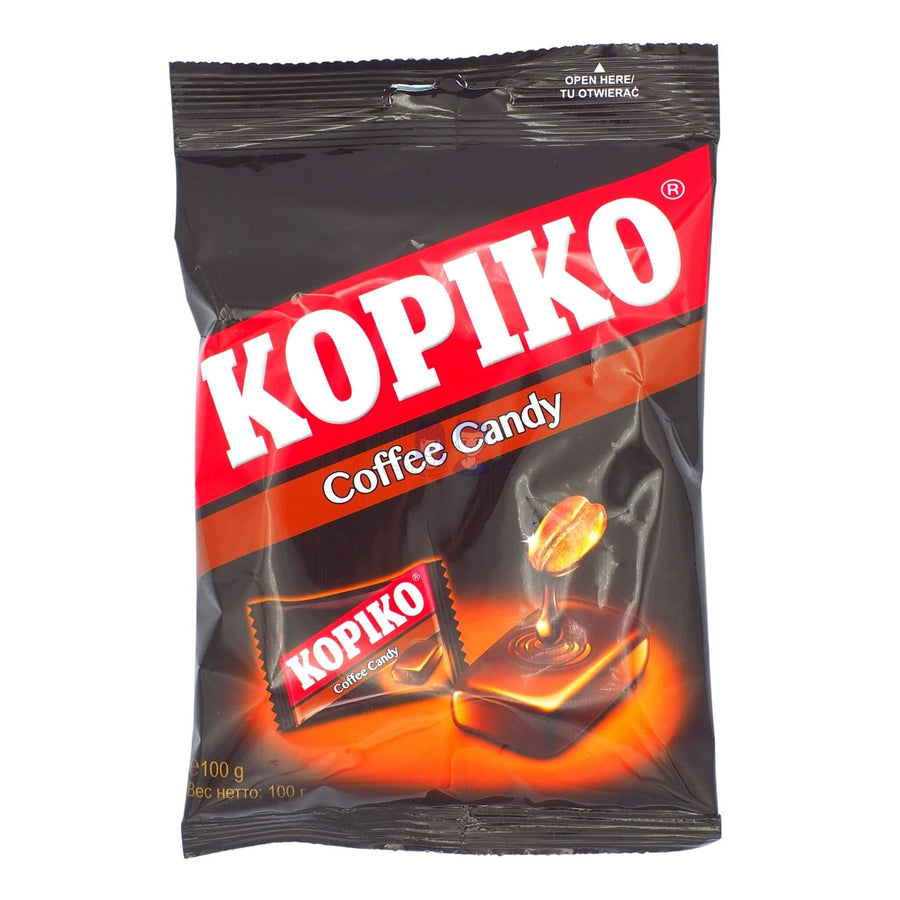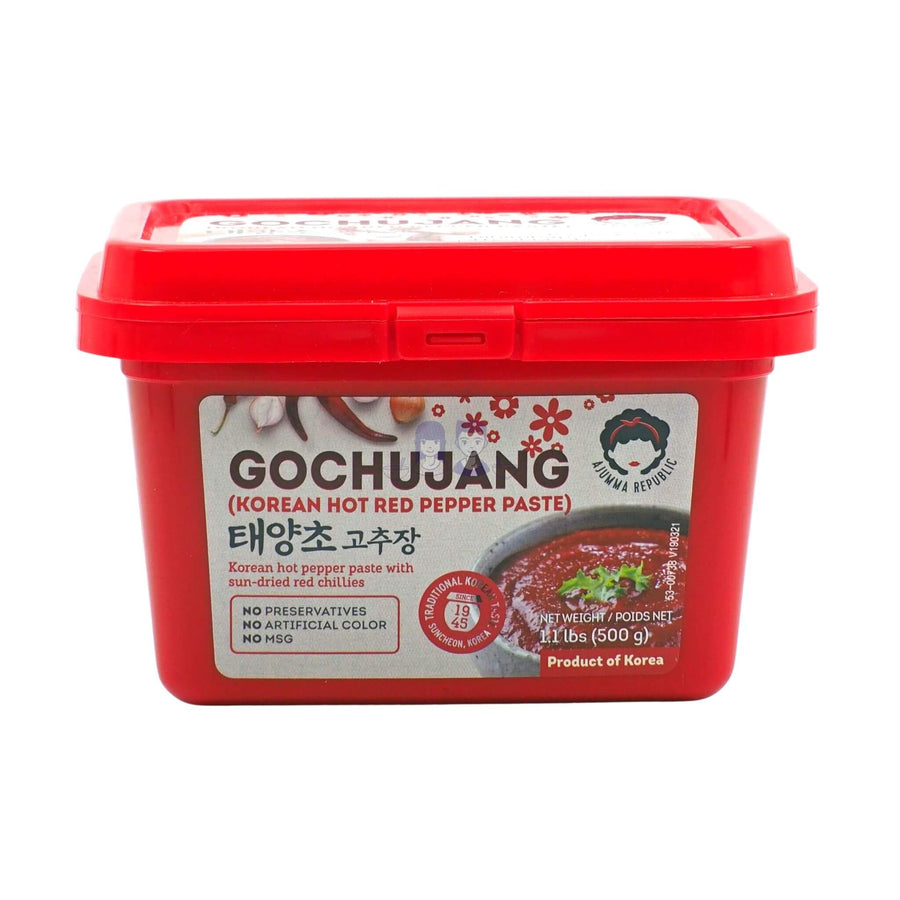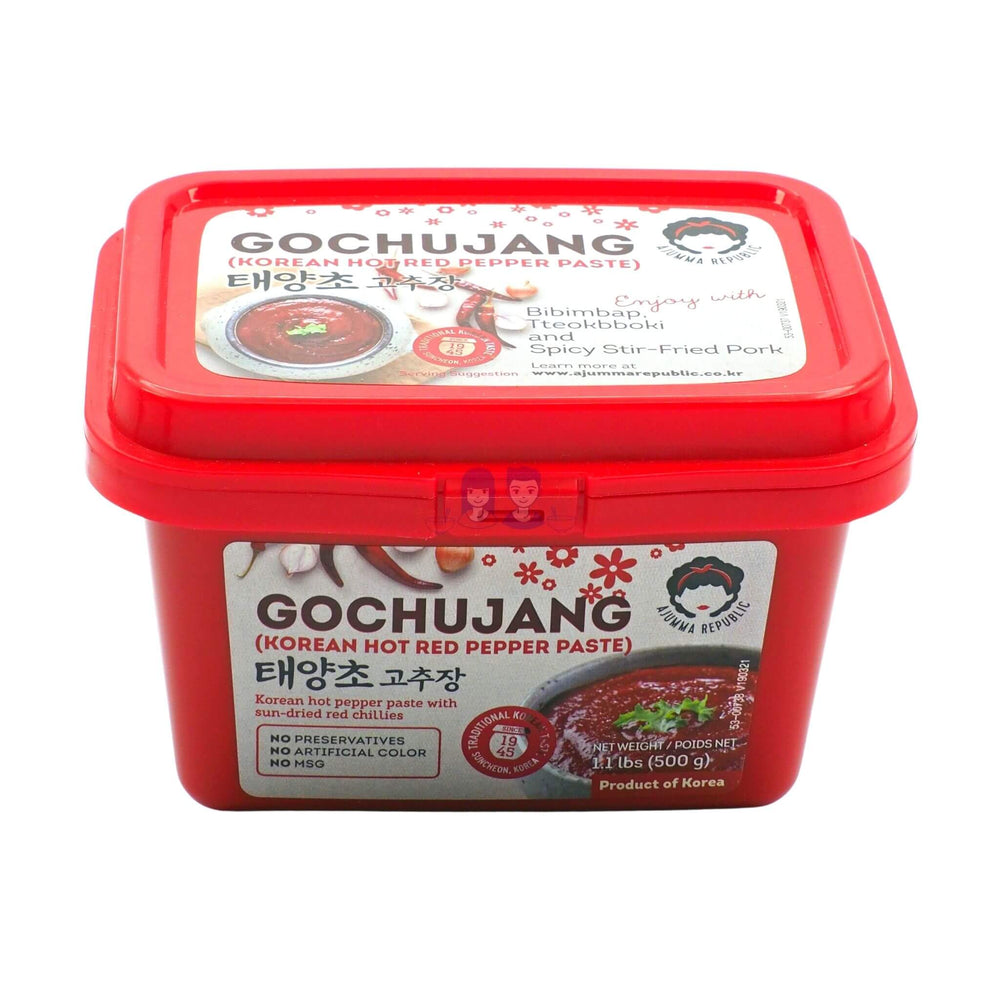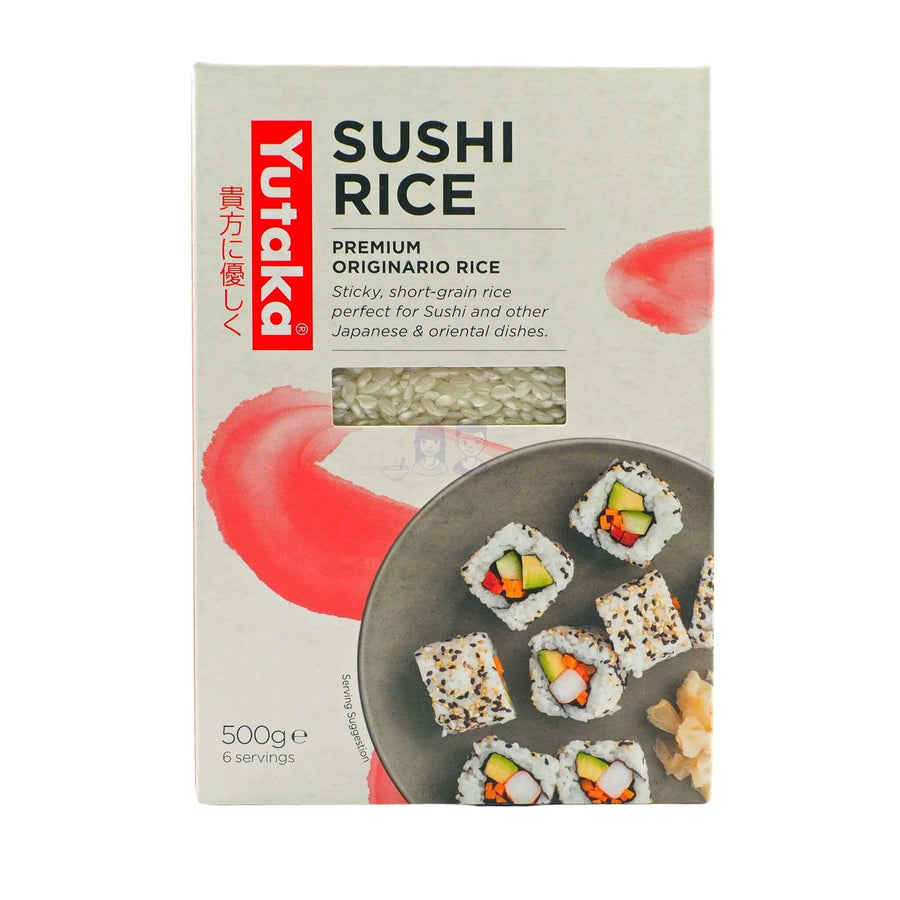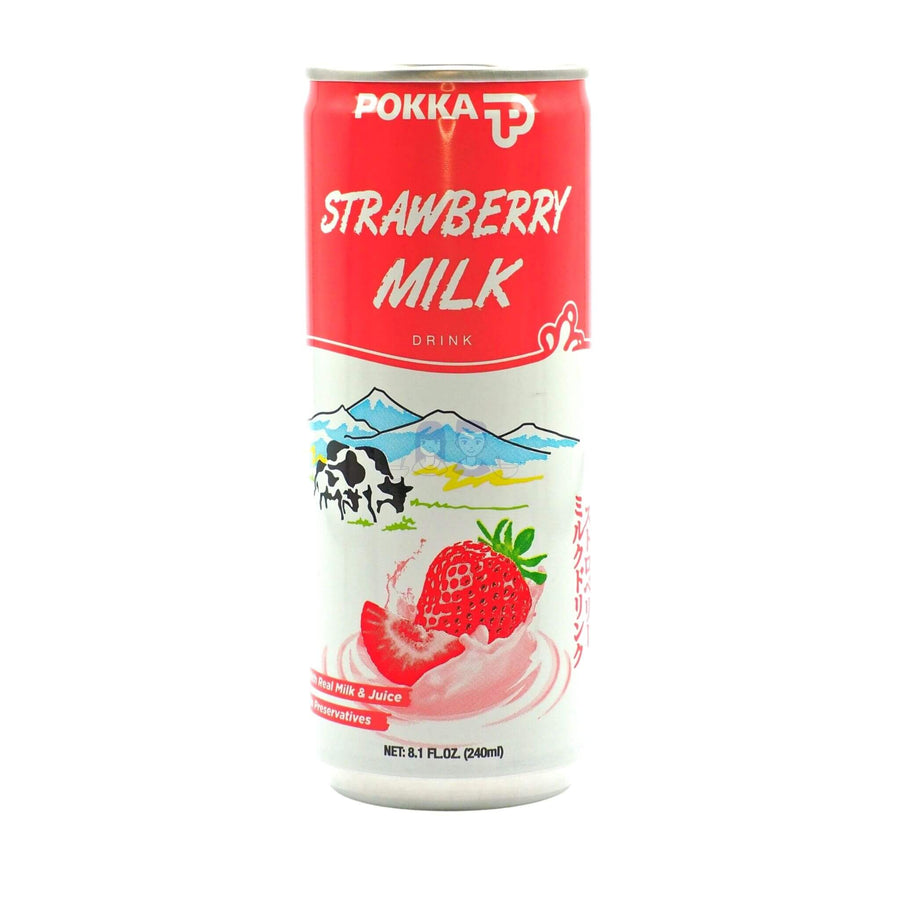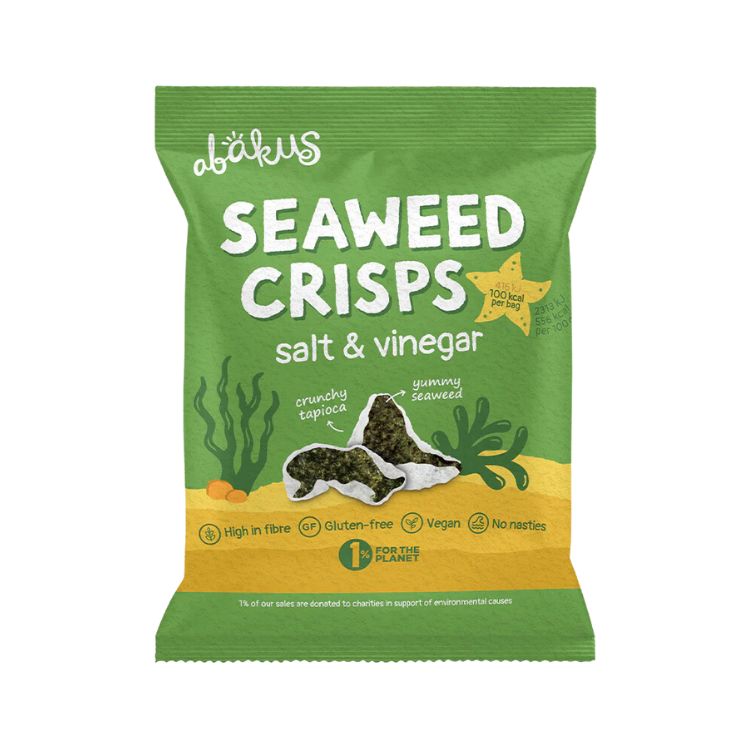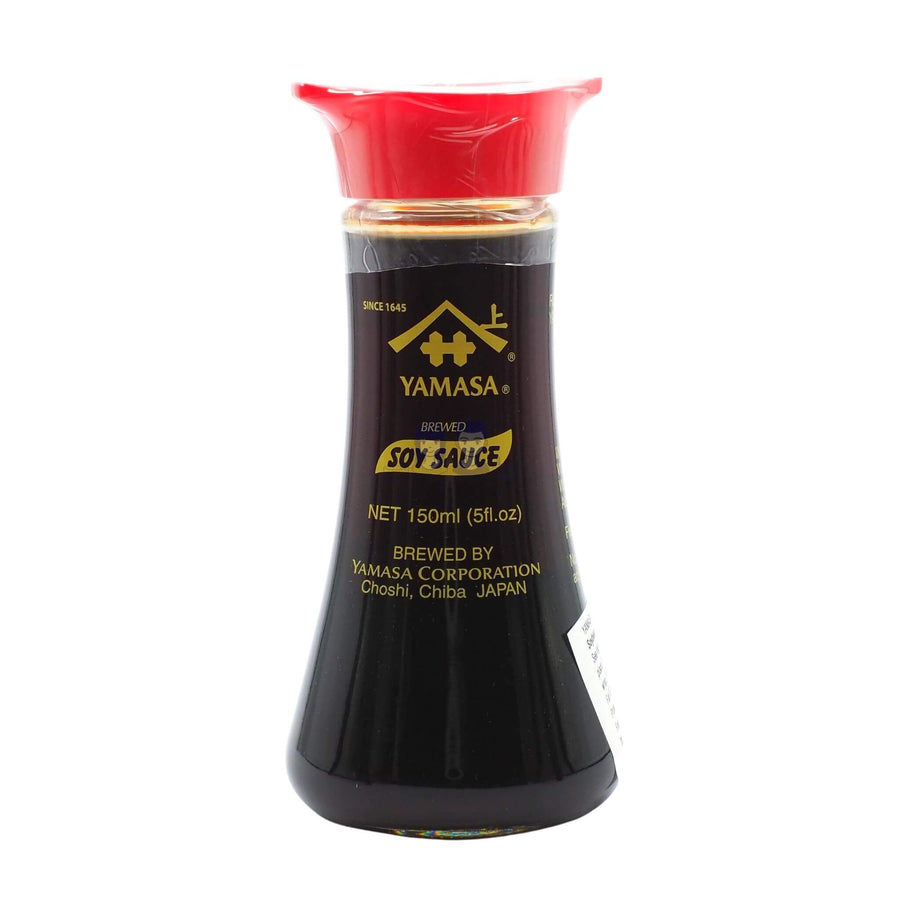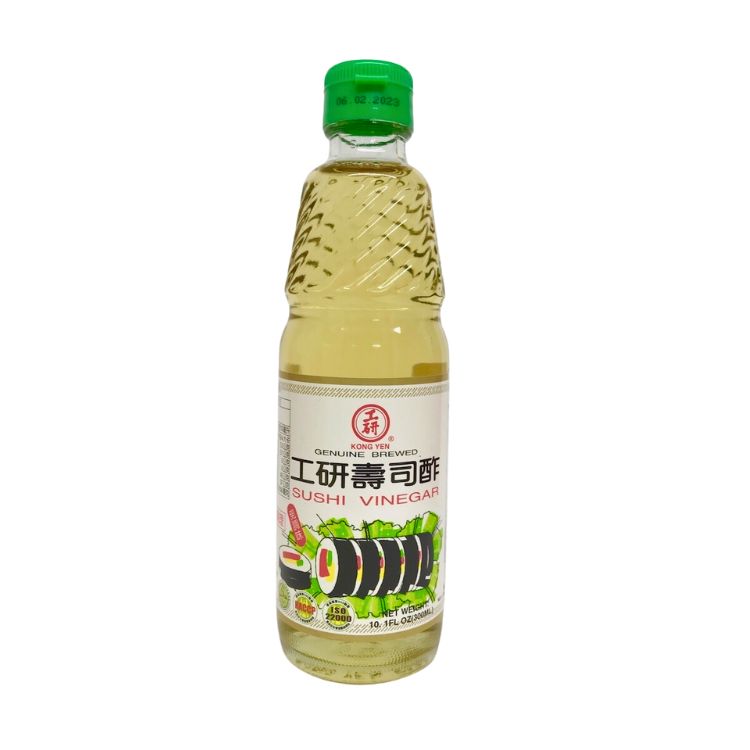12 Asian Superfoods You Need to Try
If your taste buds are ready for an adventure and your body could use a bit of a nutritional boost, it's time to explore the vibrant world of Asian superfoods. These nutrient-packed ingredients have been cherished for centuries across Asia - and for good reason.
What is a superfood?
Although a superfood doesn't have a scientific definition, the term has been used widely to describe a number of foods that provide various health benefits. From boosting immunity to enhancing skin health, these foods offer more than just flavour - they've earned the title of "superfood."
Let's dive into the top 12 Asian superfoods you should consider adding to your diet.
#1 Matcha
Matcha isn't just a trendy latte ingredient; it's a powerhouse in powdered form. This finely ground green tea is packed with antioxidants, particularly catechins, which can help combat free radicals and reduce inflammation. Rich in L-theanine, matcha also promotes a calm alertness, making it a perfect morning companion.
Whether whisked into hot water, blended into smoothies, or baked into treats, you can use matcha in delightful ways to nourish your body and mind. We've swapped our English breakfast for a matcha alternative and aren't going back!

→ Shop now
#2 Miso
Miso, a fermented paste made from soybeans, salt, and koji, is a staple in Japanese cuisine. It's not only a key ingredient in miso soup but also adds depth to dressings, marinades, and sauces. Rich in probiotics, miso supports gut health and digestion.
Additionally, it's a source of essential minerals like manganese and zinc, which contribute to overall wellness. A spoonful of miso in soup or noodles adds instant depth making it a secret weapon in your culinary arsenal.

→ Shop now
#3 Ginger
Ginger has been used for centuries in traditional medicine across Asia. It contains gingerol, which has anti-inflammatory and antioxidant effects.
Consuming ginger regularly can help with digestion issues, reduce nausea, and even alleviate muscle pain! It's a versatile ingredient that can be used fresh, dried, or ground in various dishes, teas, and smoothies.

#4 Turmeric
Turmeric is often referred to as "the golden root" and it's easy to see why! It contains curcumin, which is known for its potent anti-inflammatory and antioxidant properties. Adding turmeric to your diet has been said to reduce the risk of chronic diseases and promote joint health. It's commonly used in curries, soups, and teas - so it's easy to add to your meals. And it can be combined with black pepper to really enhance the absorption of that precious curcumin.

#5 Goji Berries
Goji berries, sometimes known as wolfberries, are small red fruits packed with vitamins A and C, iron, and antioxidants. They've been traditionally used in Chinese medicine to help improve vision, boost immunity, and promote longevity. You can enjoy them dried as a snack, added to smoothies, or sprinkled over cereals and salads for a nutritious boost.
We love adding goji berries to yoghurts and porridge to have that extra impact.

#6 Seaweed
Seaweed is a staple in many Asian cuisines, especially Japanese and Korean. It's a rich source of essential minerals and also provides dietary fibre and antioxidants. Varieties like nori, wakame, and kombu can be enjoyed in soups, salads, sushi, or as a crunchy snack. In fact, we tend to swap out crisps and biscuits for healthier seaweed alternatives whenever we're watching our diet.

→ Shop now
#7 Kimchi
Kimchi is a traditional Korean dish made from fermented vegetables, primarily cabbage and radishes, seasoned with chilli pepper, garlic, ginger, and other spices.
This probiotic-rich food supports gut health and boosts the immune system, so it's easy to see why it's a staple in Korean cuisine. Its spicy and tangy flavour adds a unique kick to meals and can be enjoyed in various dishes or as a side.

→ Shop now
#8 Tofu
Tofu seems to be everywhere these days, and for good reason!
Made from soybeans, it's a versatile protein source that's low in calories and high in iron and calcium. It's a staple in vegetarian and vegan diets and can be prepared in numerous ways: grilled, stir-fried, blended into smoothies, or even used in desserts. Tofu absorbs the flavours of the ingredients it's cooked with, making it suitable for many dishes. It's easy to see how it's become so popular.

→ Shop now
#9 Green Tea
You may think "Haven't we already done matcha?"
Well, green tea covers a whole range of drinks, of which matcha is just one type! Regardless if it's Sencha, Gyokuro, and Hojicha; it's packed with all the good stuff: antioxidants and catechins. It has been said to improve brain function, promote fat loss, and even lower the risk of certain cancers. A daily cup of green tea has been associated with improved cardiovascular health and longevity. Enjoy it hot or cold, plain or flavoured, as part of your daily routine. We'd recommend hot with a bit of honey.

→ Shop now
#10 Sesame Seeds
Sesame seeds, though small, are packed with nutrients. They're an excellent source of healthy fats, protein, and minerals. Sesame seeds have been linked to improved heart health, bone strength, and skin health. So, they're an excellent addition to your dish. Incorporate them into your diet by sprinkling over salads, adding to stir-fries, or enjoying tahini, a paste made from ground sesame seeds. You might even try some of the sesame desserts around - they're a real treat (although maybe not too many).

→ Shop now
#11 Shiitake Mushrooms
Shiitake mushrooms are not only flavourful but also offer numerous health benefits. They're good for your immune system, so great to consume on your off days. These mushrooms may also help lower cholesterol levels and support cardiovascular health. They're commonly used in soups, stir-fries, and as a meat substitute in various dishes. Shiitake Mushrooms sautéed in butter are a meal unto themselves. Personally, we love re-using the soaking water from shittake as a broth in other meals.

→ Shop now
#12 Bitter Melon
Bitter melon is perhaps the most elusive on this list. Known for its distinctive taste, it's a tropical fruit used in various Asian cuisines. It somewhat resembles a spiky cucumber but looks can be deceiving. It's rich in vitamins C and A, iron, and antioxidants. It's commonly used in soups and teas, or a brilliant Vietnamese stir fry.

How to Start Adding Asian Superfoods to Your Diet:
Incorporating these diverse Asian superfoods into your meals doesn't require a culinary degree or a pantry overhaul. Here's how you can make them part of your daily routine:
● Start Simple: Begin by adding one or two to your favourite meals. Add a spoonful of miso to your soup or pies, or sprinkle sesame seeds over your salad.
● Blend It Up: Create a smoothie with matcha, goji berries, and a handful of spinach. It's a delicious way to consume multiple superfoods at once.
● Snack Smart: Keep goji berries or roasted seaweed snacks on hand for a quick, nutritious bite.
● Cook Creatively: Experiment with stir-fries, soups, and salads that incorporate these ingredients. For instance, add kimchi to a rice bowl or tofu to a vegetable stir-fry.
● Stay Consistent: Aim to include at least one superfood in each meal. Over time, these nutrient-rich foods will become a natural part of your diet.
Final Thoughts
Asian superfoods offer a delightful and nutritious way to enhance your meals. By supplementing your meals with ingredients like matcha, miso, and seaweed, you're not just adding flavour, you're boosting your health!
So, why not embark on this culinary adventure? From modern superfoods to the humble yet powerful staples of Chinese peasant food, see what difference it makes!
